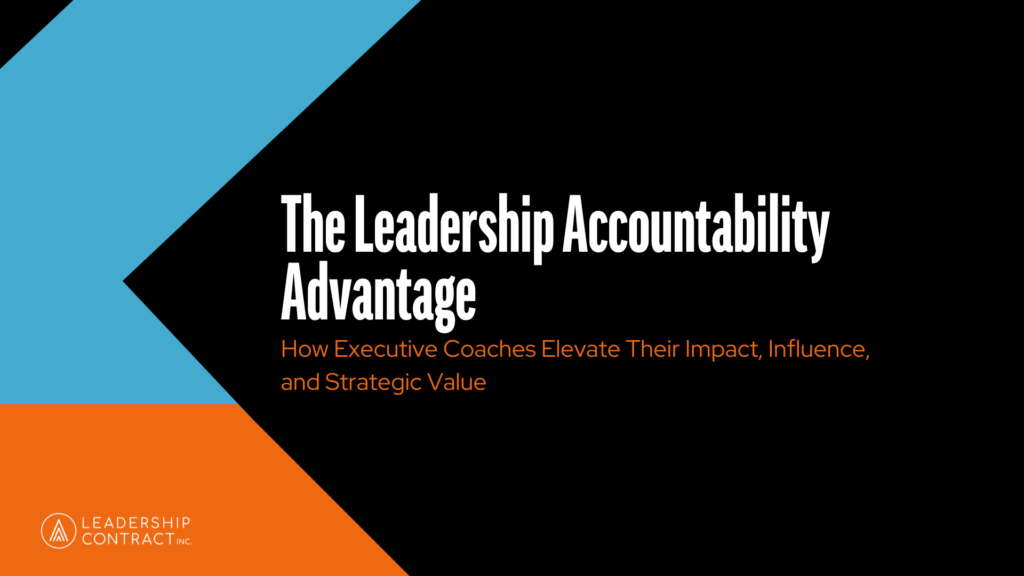In one of my newsfeeds this week, I learned that October 23 was Information Overload Day around the world.
I didn’t know that we had a day for one of the most common challenges that leaders and employees face around the world.
In my discussions with leaders, the clear majority cite being deluged by information, directives, conflicting priorities and an never-ending flood of tasks and responsibilities.
Just this month, the Harvard Business Review had a fascinating article about how business organizations and their leaders, get bogged down with too many projects and the impact that this has on leadership culture, productivity and engagement.
Why is this happening in so many companies? There are several dynamics we need to consider.
The first dynamic we see is that a lot of organizations are undergoing transformation. When you are in the grips of a transformation, you’re running two companies at the same time—the company that was—and the new company you want to have in the future.
It’s easy to get overloaded when you are leading through transformation. It means that leaders and their employees are juggling many different—and sometimes competing—priorities.
The second dynamic we see is that organizations are not very good at saying no, or killing projects or processes. Most of us are working on things that have long passed their due date of value, yet we feel compelled to keep doing them for fear that it will negatively impact our reputations as leaders.
The third dynamic we see is that more collaboration is happening in organizations than ever before. Collaboration has many positive aspects, as it brings different areas of expertise together to create greater value for customers. However, if not managed well, collaboration can be a black hole that sucks your time, energy and commitment.
The final dynamic we see is that many of us in leadership roles can get so bogged down that we don’t take time out to think strategically about what we and our teams are doing. We get stuck in the weeds or in execution mode, without considering whether what we are doing is worth doing in the first place.
So what’s the way forward? Most of us don’t have the luxury of slowing the pace of transformation and it’s rare that we get more resources to help spread out the work.
Let’s go back to the HBR article I referenced above. In it, the authors cite a well-known article from Harvard professor Michael Porter, who noted that “the essence of strategy is choosing what not to do.” I think that gets very close to a solution for leaders who feel overwhelmed. Here’s how it translates into actions for you to consider in dealing with overload.
- Focus on the activities that generate the highest leverage. The best leaders I’ve worked with or seen in action have an unrelenting focus on focus. They are constantly evaluating and ensuring that their teams are focusing their energy on the work that has the highest leverage and impact—and that creates the most value.
- Push back. When you get a request from your manager that you feel isn’t high leverage, have the courage to push back. Too few leaders push back against unreasonable demands. I know some of you might be saying, “Vince, that’s easier said than done. You aren’t working for my manager.” True, but you still need to own your role and push back when it makes sense. Some leaders resist this because they don’t want to look like whiners. You need to do this in a way that is business-like, unemotional, and tied to broader organizational priorities.
- Don’t just talk about the problem, find a solution. It’s always good to frame your concerns about workload with a solution. Do you have a better way of doing something? Can you get better results with simpler methods and processes? Can you delegate or reduce the scope of the work? These are all ways to push back.
- Just don’t do it. It’s always surprising to me to hear stories from leaders who decided to just stop doing something that was no longer adding value. Guess what? No one noticed. I have found that if you stop doing something that is valuable, you will quickly hear about it from a colleague. However, if you stop doing something that no one cares about, it is quickly forgotten—particularly if you are delivering on high-value tasks. Some great companies ask their leaders to identify and cease work on meaningless tasks. If you are a senior leader, this is a powerful way to empower your people and not have them feel as overloaded.
The reality of leading today is that there is way too much that needs to get done and that is unlikely to change.
If your organization is transforming itself, then your challenge is even greater. You will help your organization succeed if you do your part to eliminate wasteful or pointless work and focus on the activities that generate the greatest value with the least effort.
Are you overloaded?
Gut Check For Leaders








